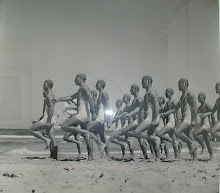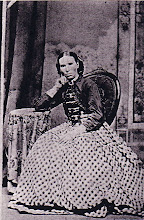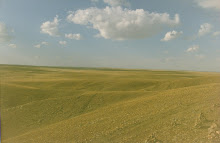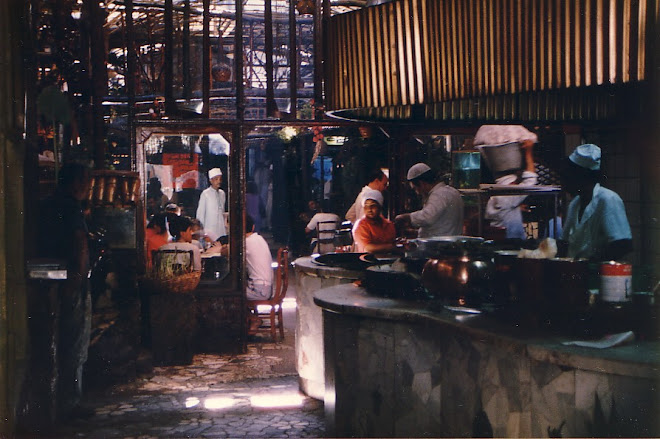I remember coming home after catching up with some friends at a gay bar on Oxford Street. I was tired and didn't know whether or not to risk a coffee. And was debating the point and half watching the news on TV. You know, the easy way to appear informed.
Quite suddenly and noisily, it seemed as though the flat was being broken into. I was on the ground floor and the intruder had climbed onto the balcony. But he just moved conspiciously round. And the thought actually occurred to me that I was about to be attacked by a wild unthinking beast - but it was the thought that was wild, rather than the creature.
This delusion was followed after a few minutes by some rather polite knocking on the balcony door!
Of course - it was David Z's modus operandi. Appearing unannounced often after a silence of years, and needing all sorts of help. Even after a big season with 'Paris Planning', his modeling agency in Paris.

So David moved in.
But after some weeks, again determined that

A photo shoot with Scott Hicks, Director of the film 'Shine' (Best Actor Oscar won by Jeffrey Rush)
An aspect of this situation made me think of one of the main themes in the Edward Albee play ‘A Delicate Balance’. It is the limits of our obligations to others, and in particular, to closest friends. David had been a kind of boyfriend, well, as much as a straight guy can be, one who has lived with another guy for five years and called him his partner.
With William - Very Early Days
Being Silly in a Photo Booth
The main action of the play involves an older wealthy cosmopolitan couple, who are unexpectedly visited one night at home by their two closest friends, a similarly positioned husband and wife. The guests tell of being at home, and of the crisis they experienced of a rising, unspecified and acute anxiety. Their two best friends were obviously the only people to turn to, they say.
Then and in a quite matter-of-fact manner, the refugees begin to make the necessary arrangements for moving in - for the foreseeable future. They assume their friends share the same view of things, and that they are welcome. Mi casa tu casa.
But as the evening progresses, our initial protagonists realize they are not happy with this state of affairs, and they begin to question its thesis. Albee has set up the plot in rather extreme terms to explore the point. The couples, in various combinations of twos and threes and fours, investigate the issue, and come to the realization that there are unexpected limits to their obligations to their nearest and dearest.
Which brings me back to my prowler.
Photo from David's Advertising Flyer for 'Paris Planning' Model Agency, Paris
I remembered the play some contactless years later when David’s next phone call woke me early one morning. And having since moved, but retained my old phone number, I saw the potential of this new scenario. Not only of retracting from my duty but of making a complete break. I had a new partner.
In a strong supposed Russian accent, I declared I was the new owner of my old address and that I had no knowledge of myself or my whereabouts. There were some moments of confusion – probably due to the unconvincing nature of my impersonation. I finally rang off, red faced. And made all clear for my puzzled boyfriend.
I still feel uncomfortable about the manner but not the outcome of the break.
And a little disconcerted by such an epiphany. But Jean Paul Sartre exhorts us to make choices that did not involve 'mauvais foi' (bad faith) - choices that involve us acting simply as unthinking socialised beings. Actions should spring from us reflecting on a real sense of ourselves.


















































![C18 Bronze Buddha [Southern China]](https://blogger.googleusercontent.com/img/b/R29vZ2xl/AVvXsEioLkgVKuhDoIHQgM1X6Oe2hGn75yqaj4OJXPmNpumXmQPKxB22S57YS5DVrl1P7zl7BS6EFpAtaNZPze7gzVCRiQI54bwdHhVa4fGr7NOChZwTZoo92gUen6tC5U8gWIy_pv92U0FB38M/s1600/Buddha+%255BBronze%252C+C18%252C+China%255D+1.jpg)




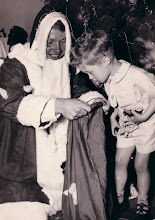







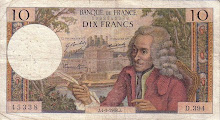
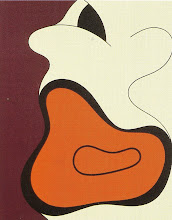+1998+Cropped.jpg)

